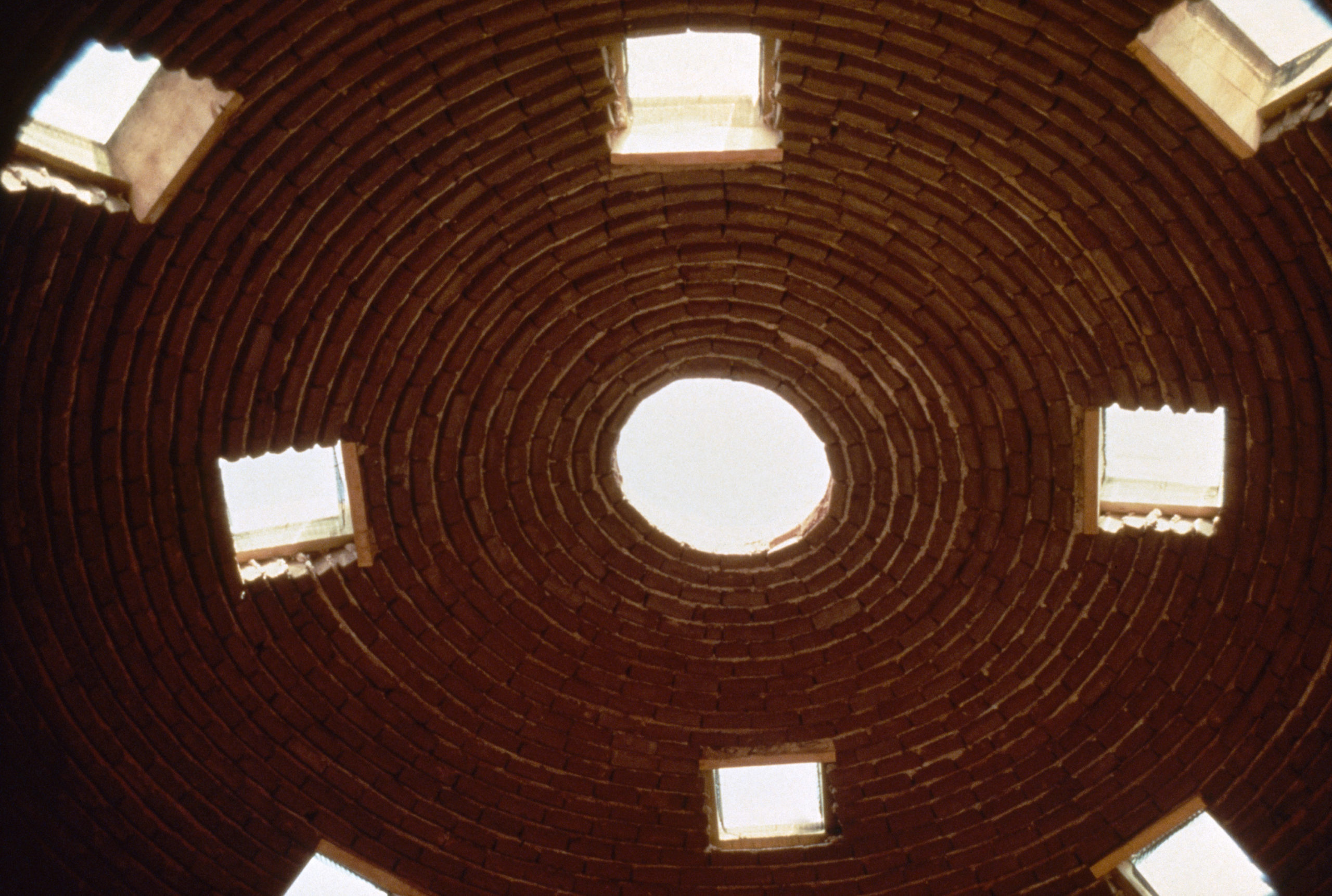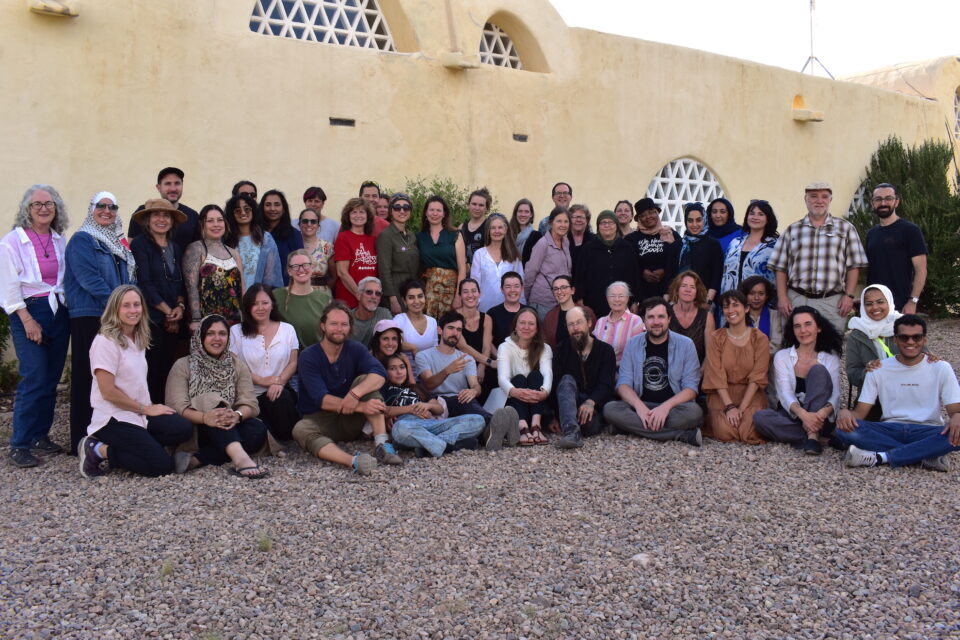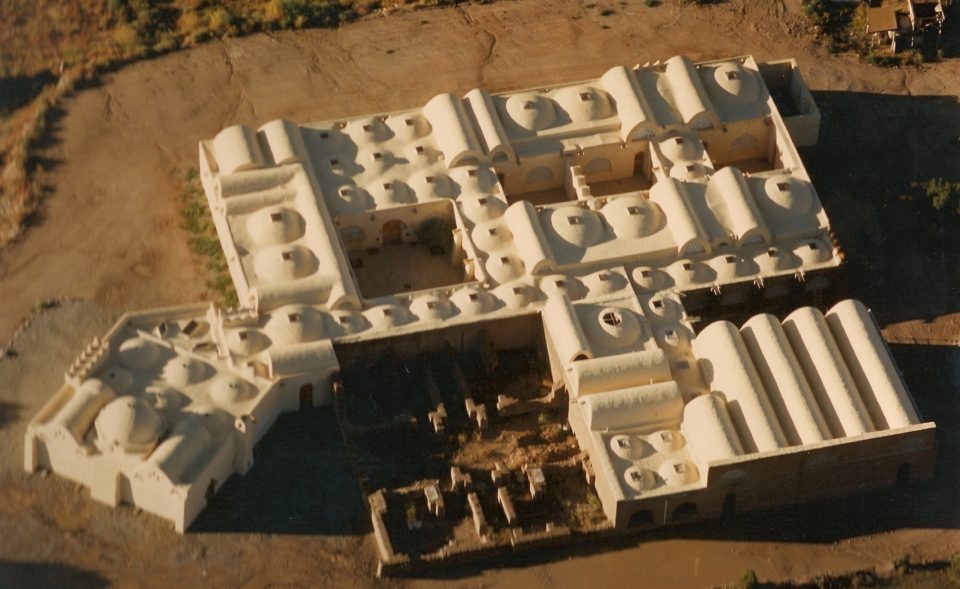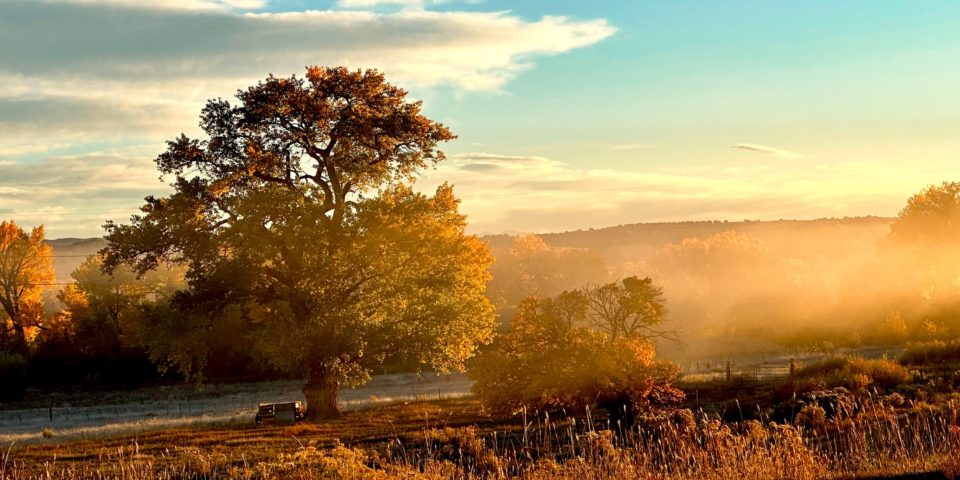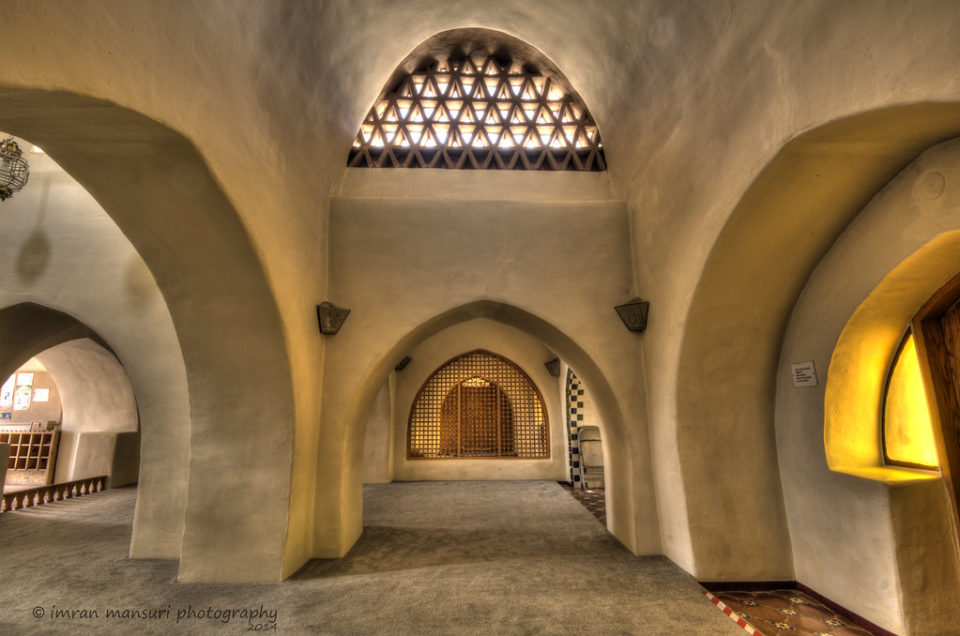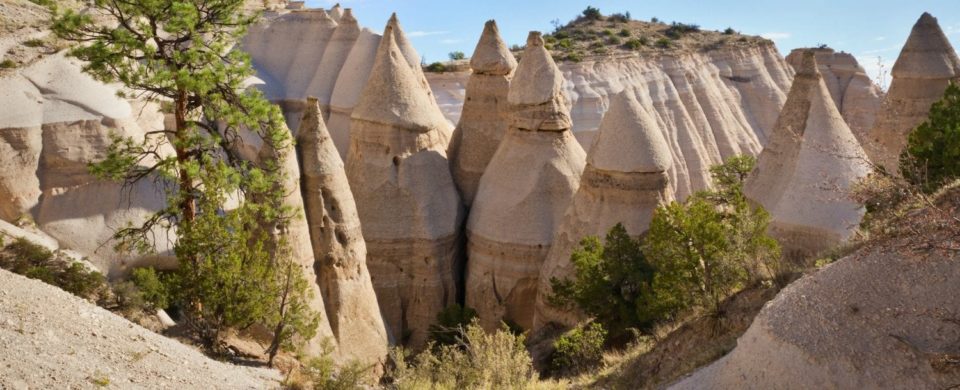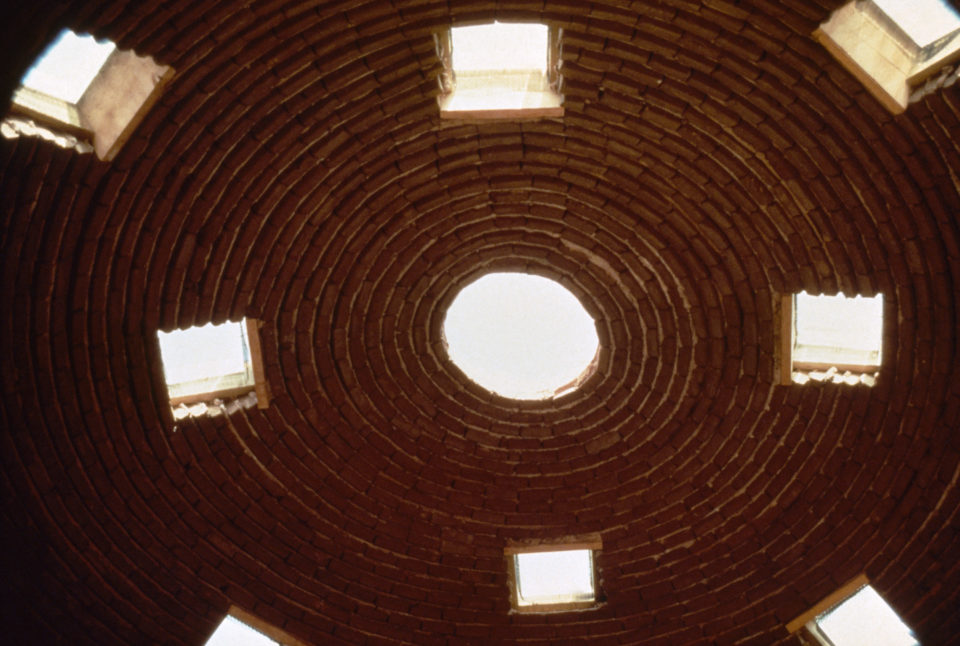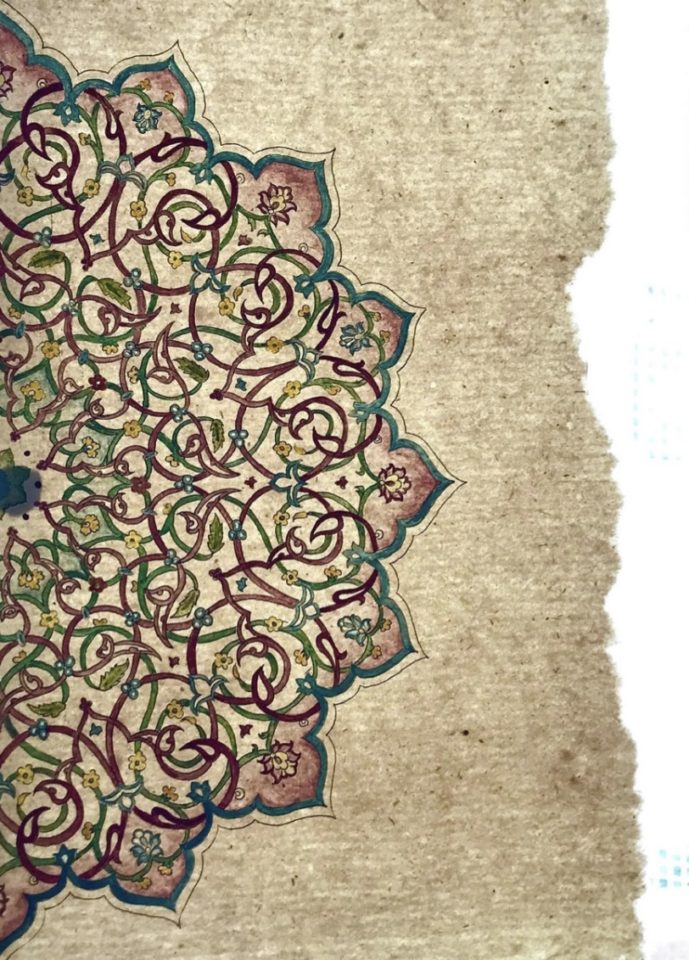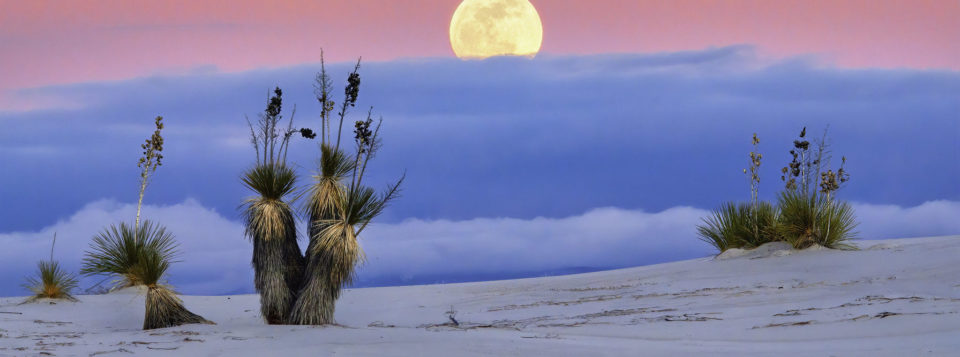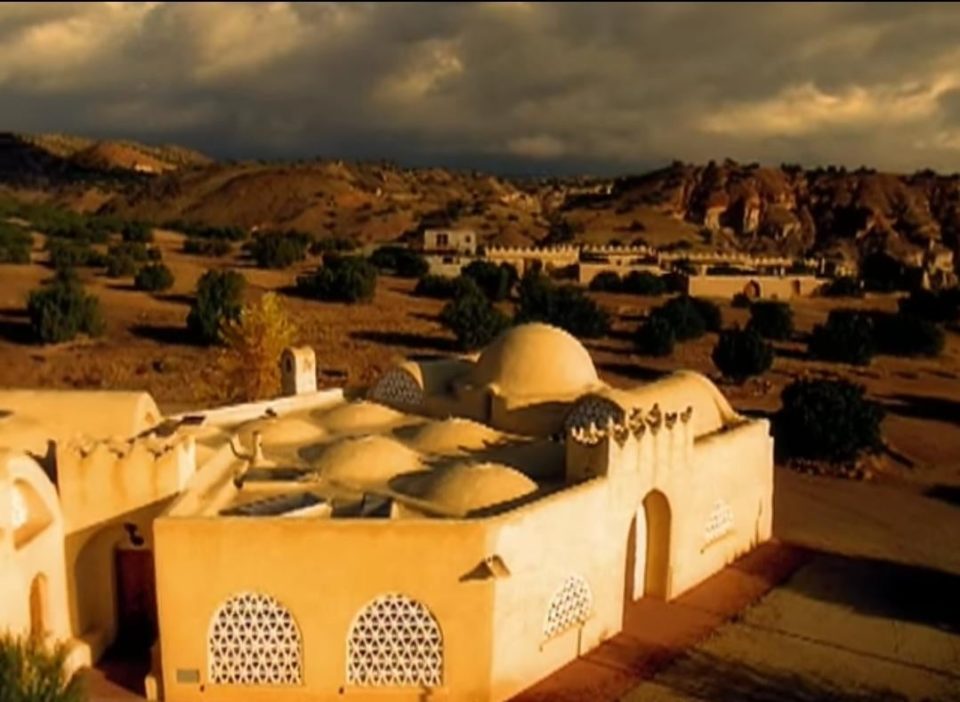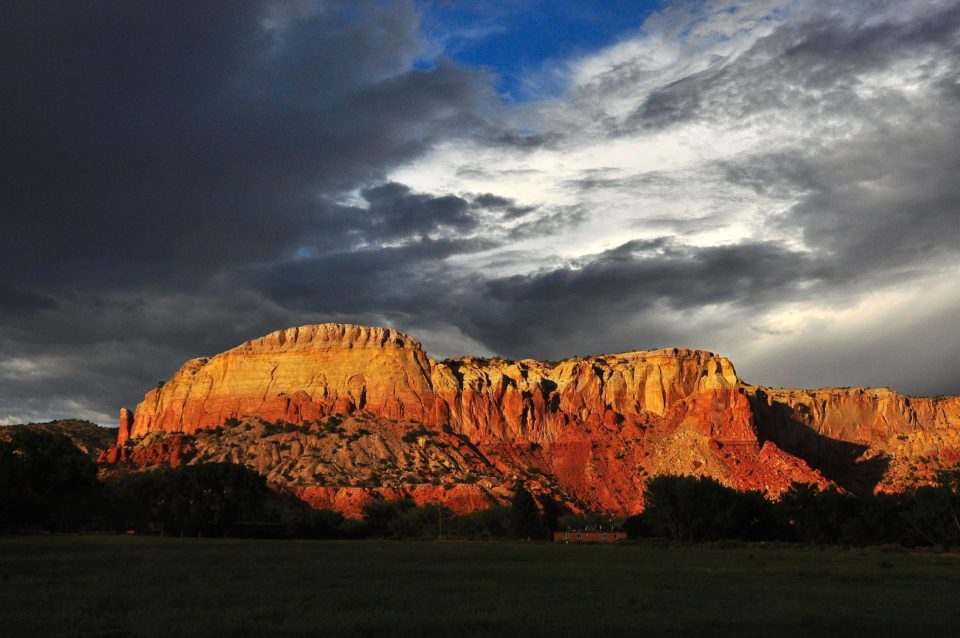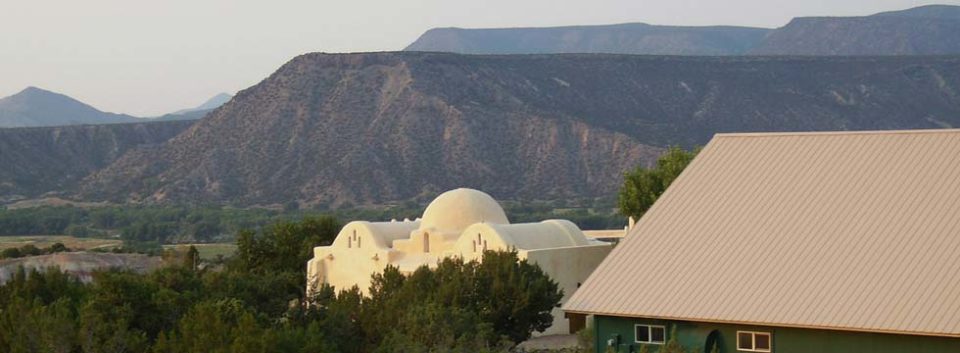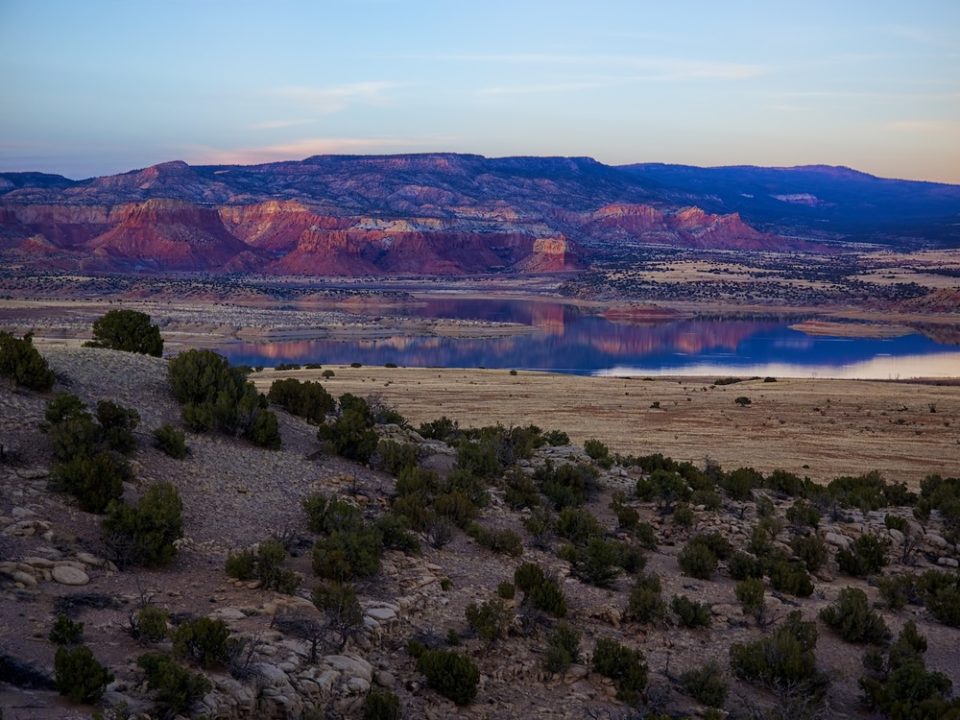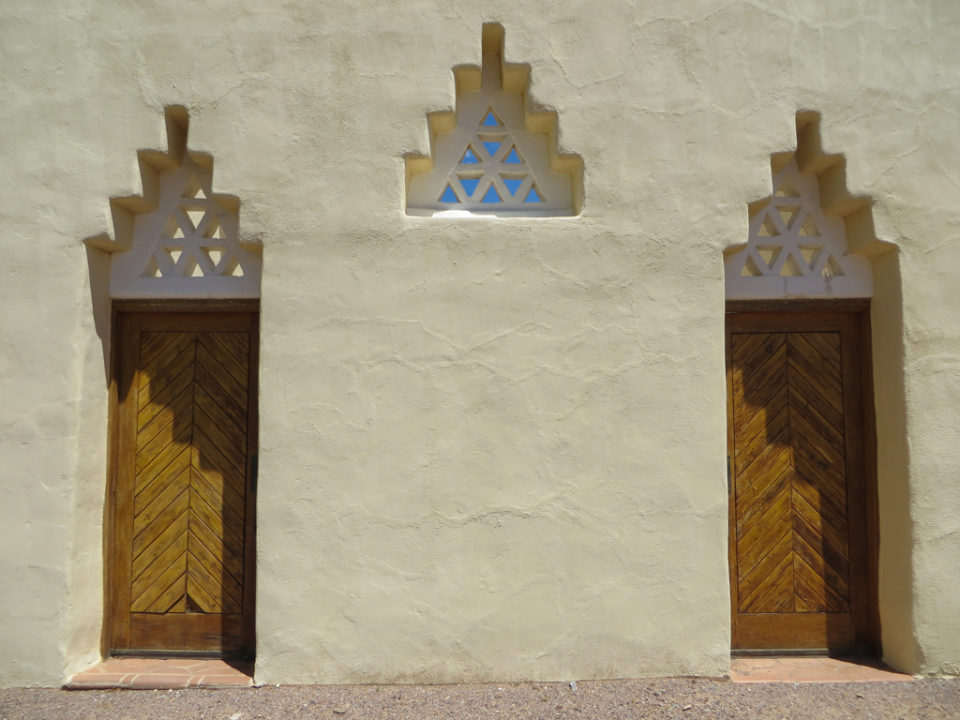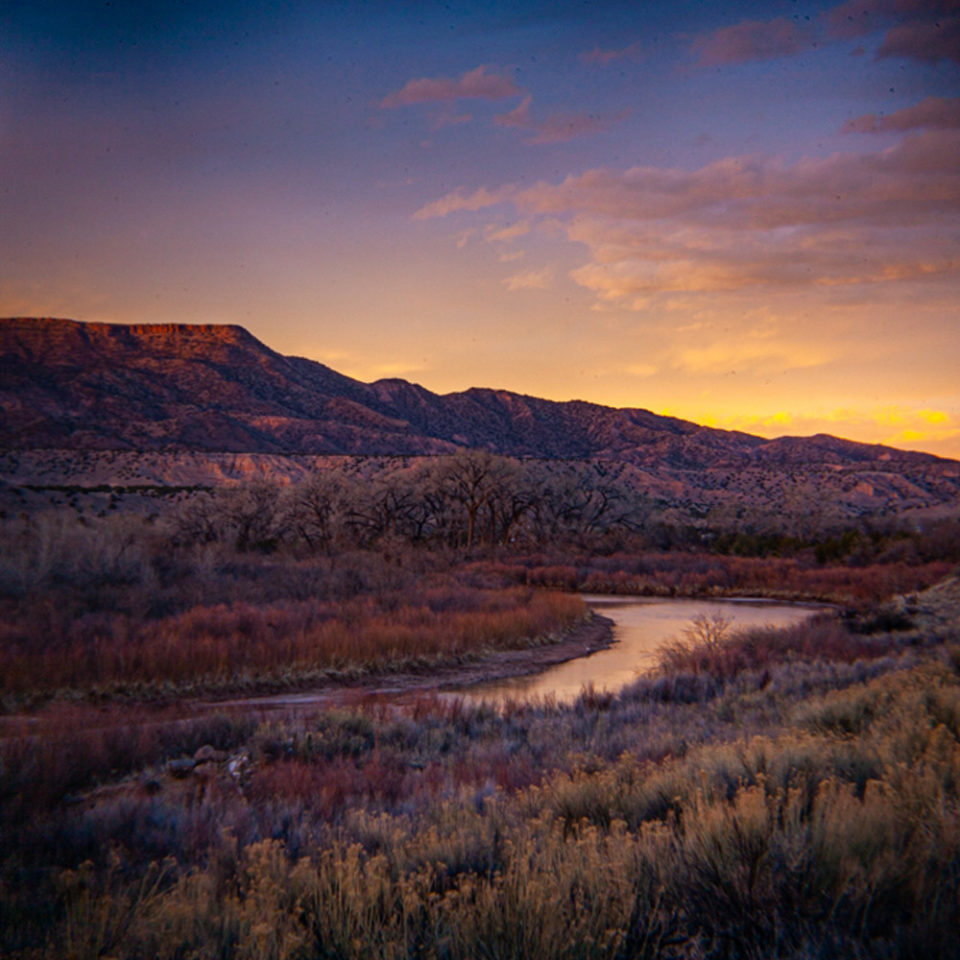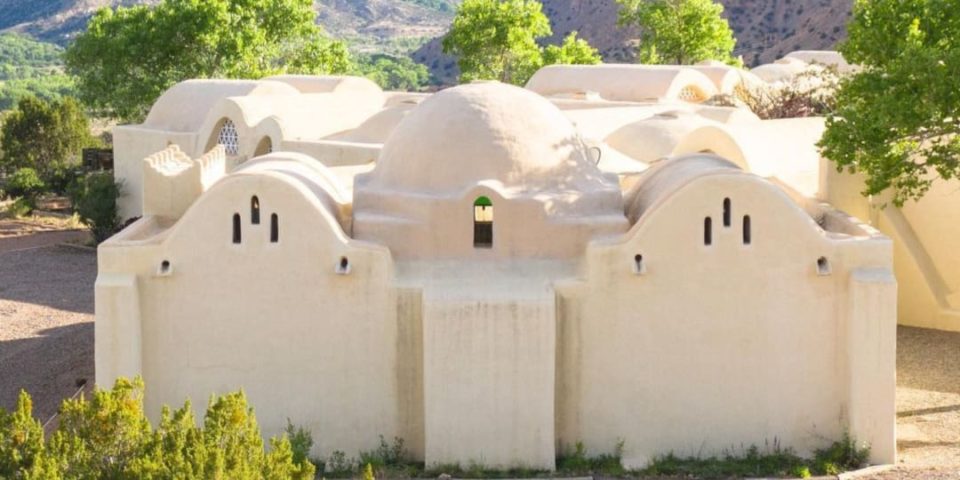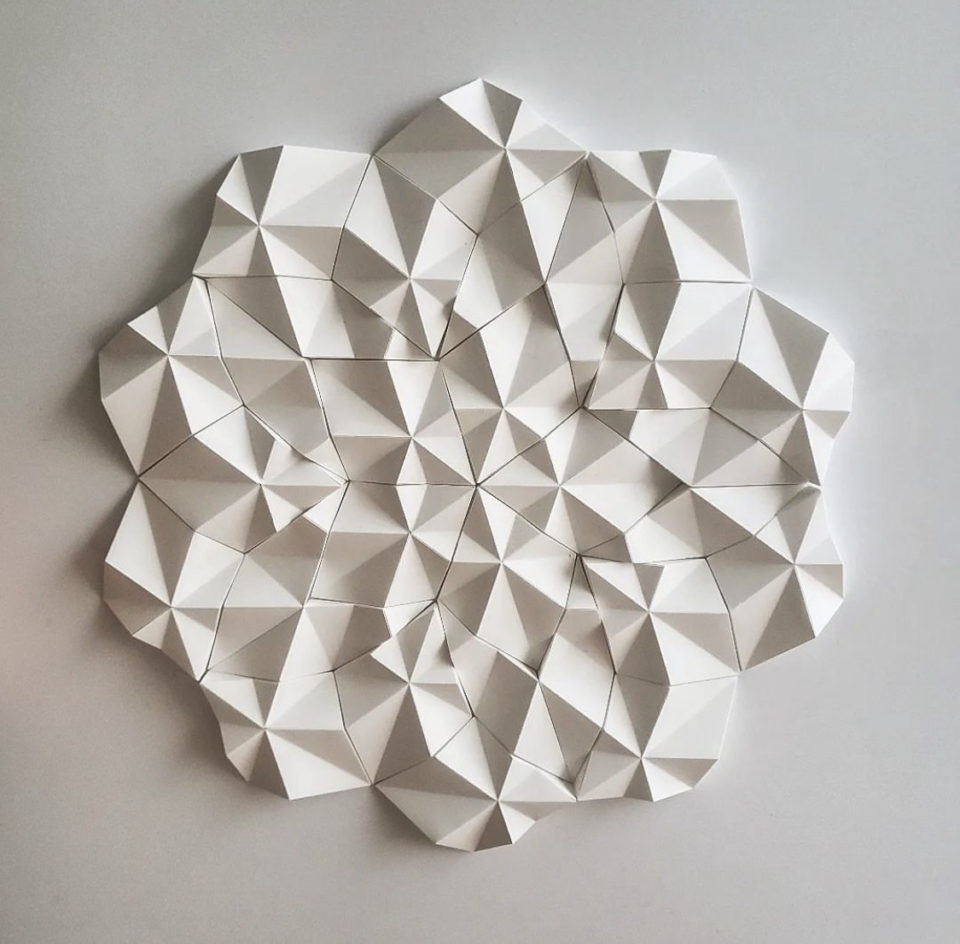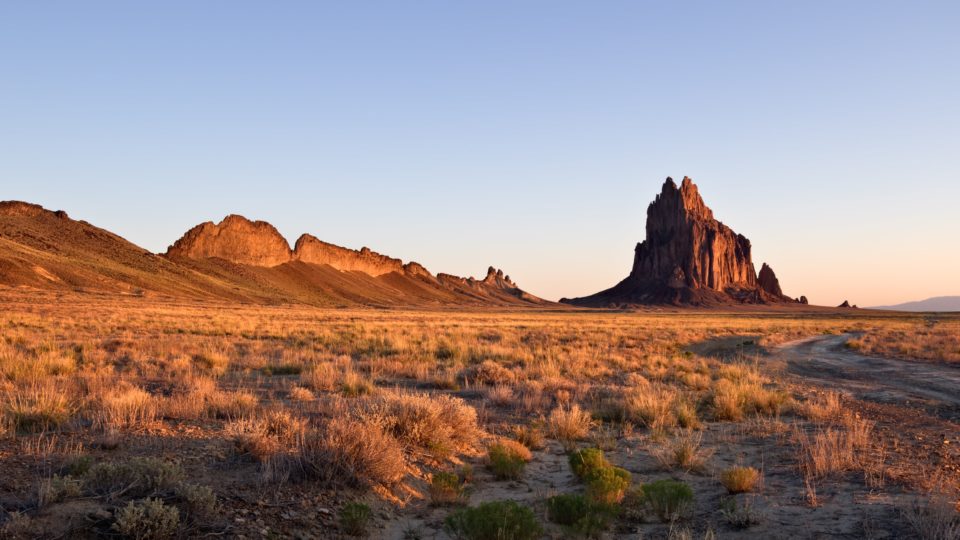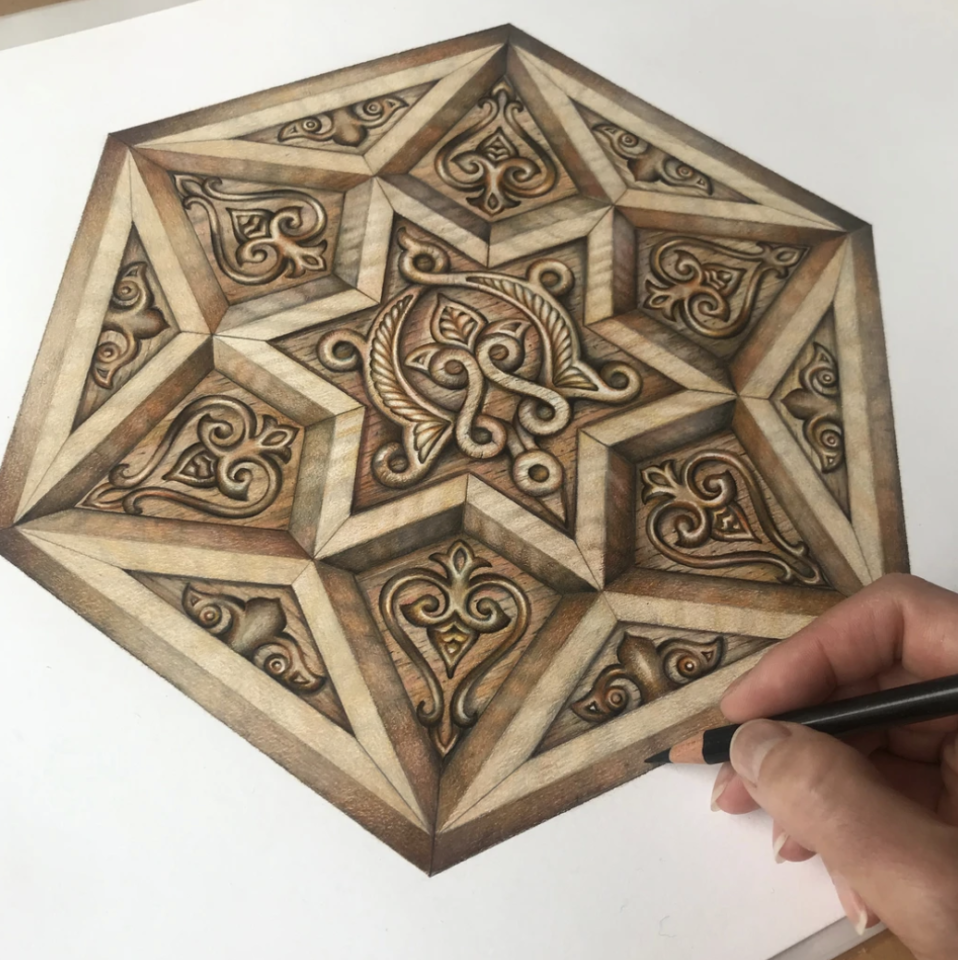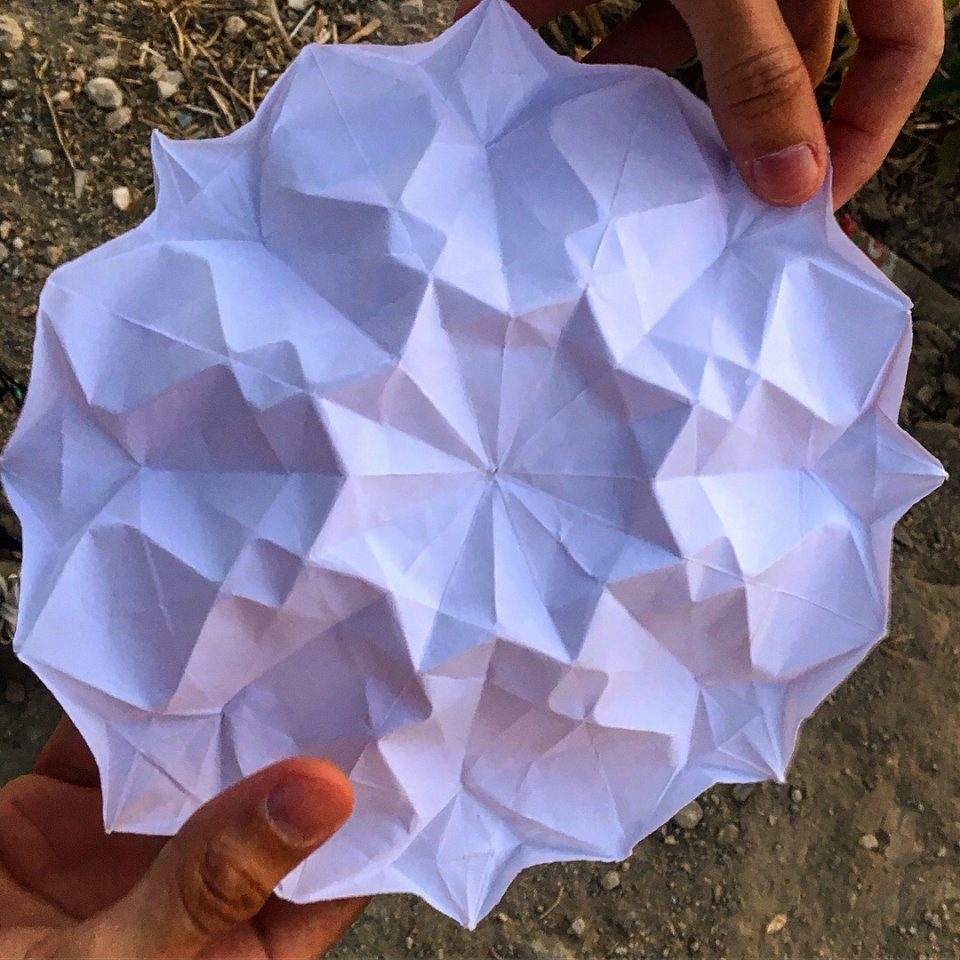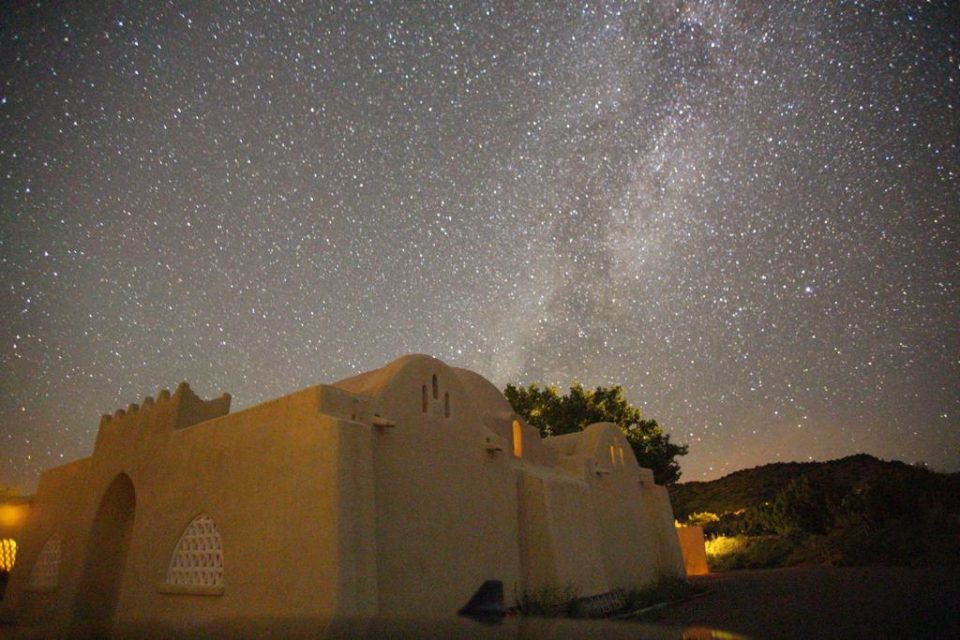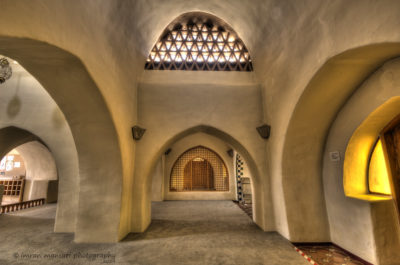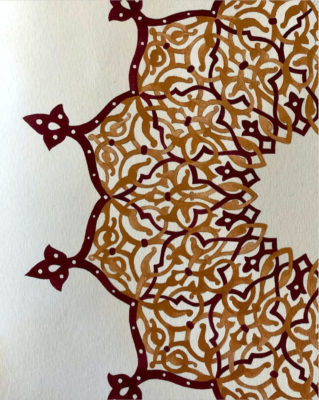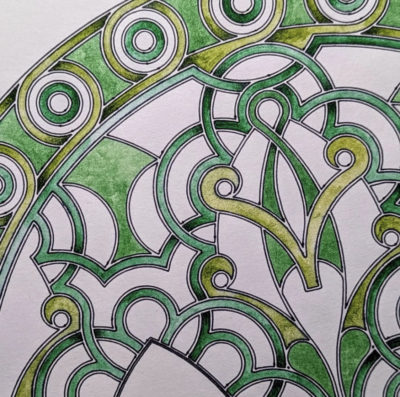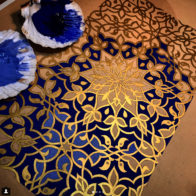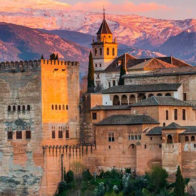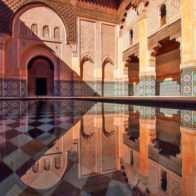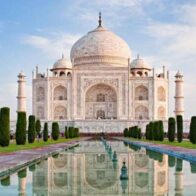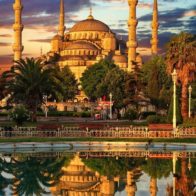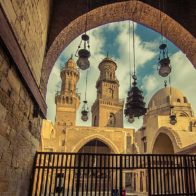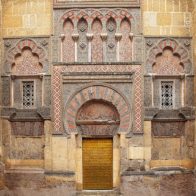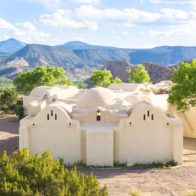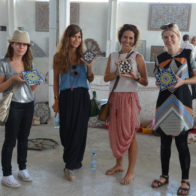TBC
5- 8th September 2024
Email islamicpattern@gmail.com to go on the list and receive an updated when the retreat goes live
Drawing Retreat
New Mexico ~ Summer School ~
Geometry & Arabesque
Dar Al Islam ~ 342 Co Rd 155, Abiquiu, NM 87510, United States
Special weekend program at the stunning Dar Al Islam in the wilds of New Mexico, it will include a series of distinct but complementary sessions. Participants are welcome to take one or all the sessions.
With Adam Williamson, Richard Henry and special local guest artists Aloria Weaver, David Heskin, Ricardo Hinojosa and Christopher Riederer plus catering by Kohinoor- Rehana Archuletta and local Sufi musical performance.
“Straight is the line of duty, and curved is the line of beauty.” Hasan Fathy
All course materials and equipment will be provided. Accommodation options are basic single sex- four bed dorm and rooms, within stunning vaulted adobe built by the famous Egyptian architect Hassan Fathy. Located next to Georgia O’keeffe’s studio ‘Ghost Ranch’.
Option 1: Visit for the day by signing up to Individual classes (see options below)
Option 2: COURSE and ACCOMMODATION
………………………………………………………………………………………………………..
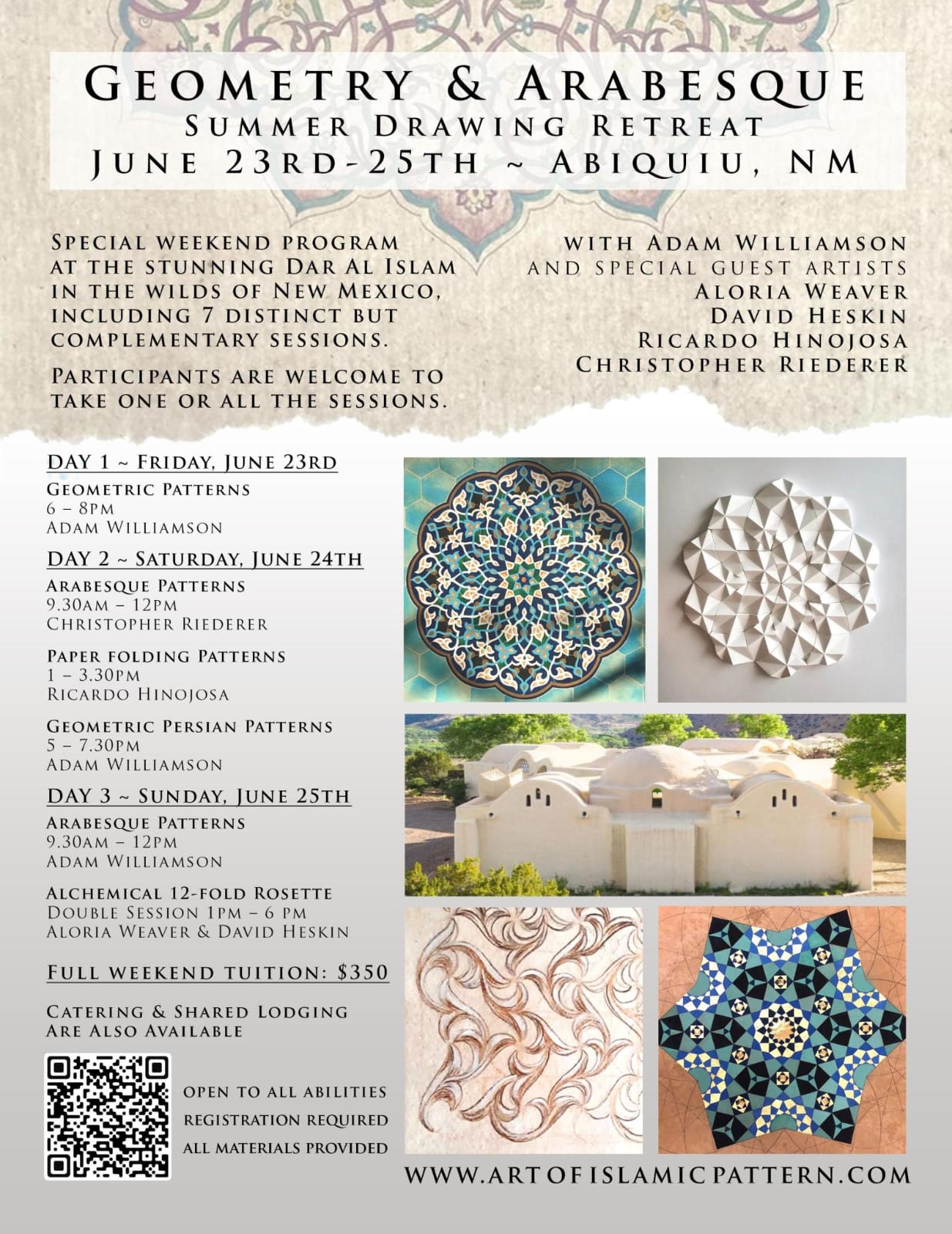 ………………………………………………………………………………………………………..
………………………………………………………………………………………………………..
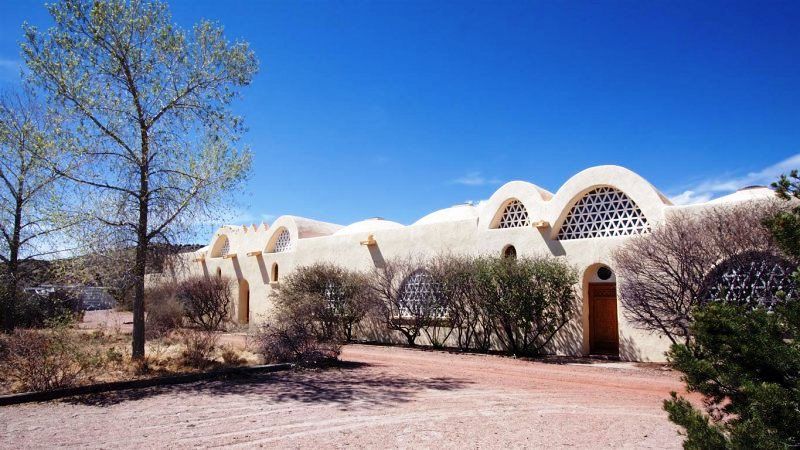
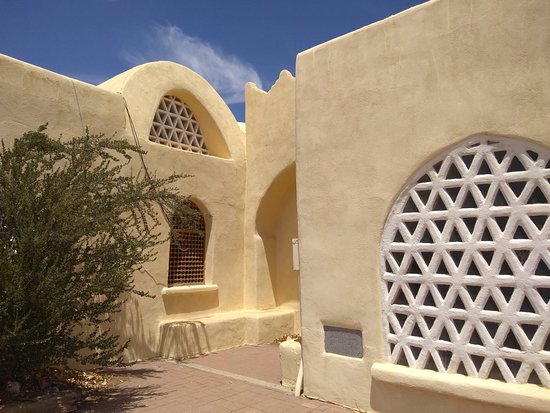
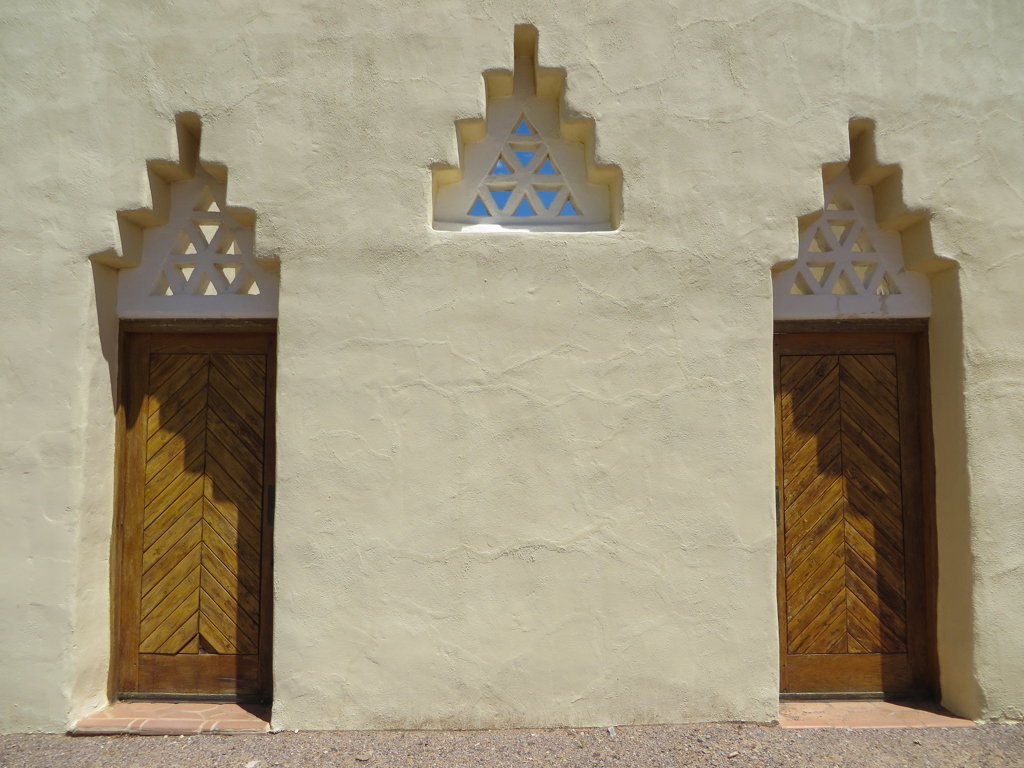
Detail, exterior of madrasa
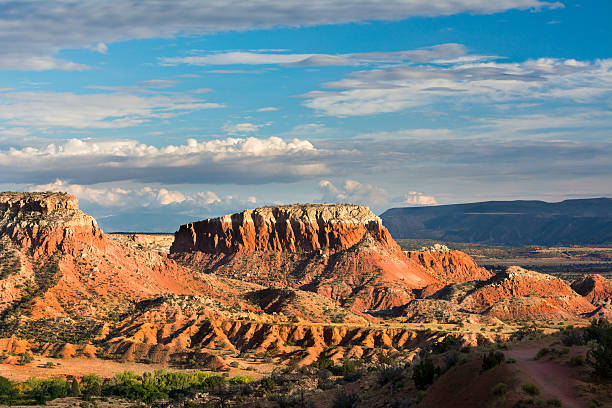
Late afternoon in the Red Rocks area of Northern New Mexico featuring amazing colors and rock formations
